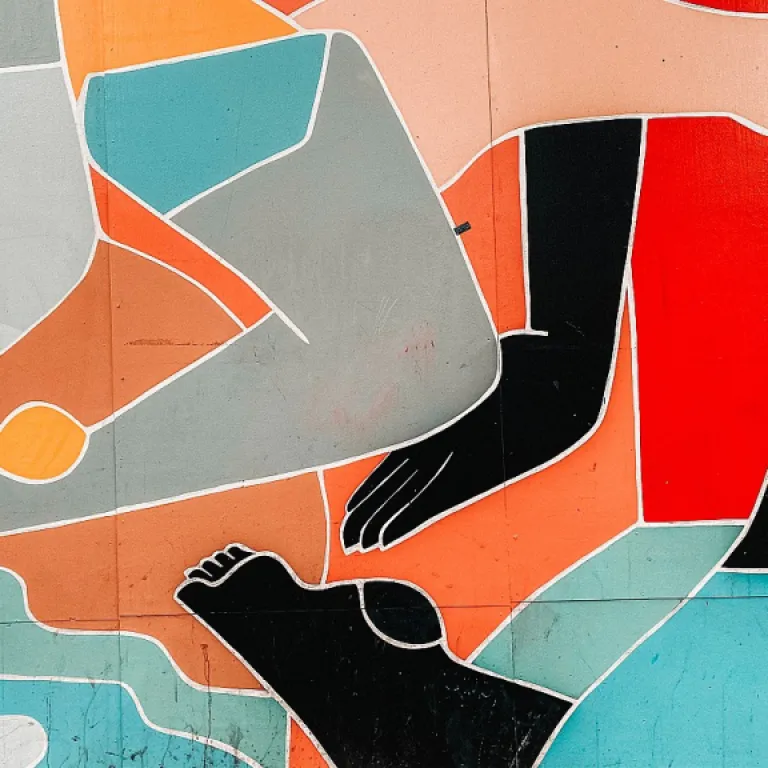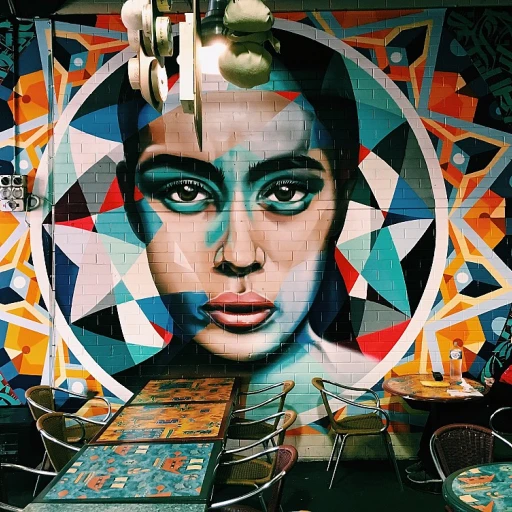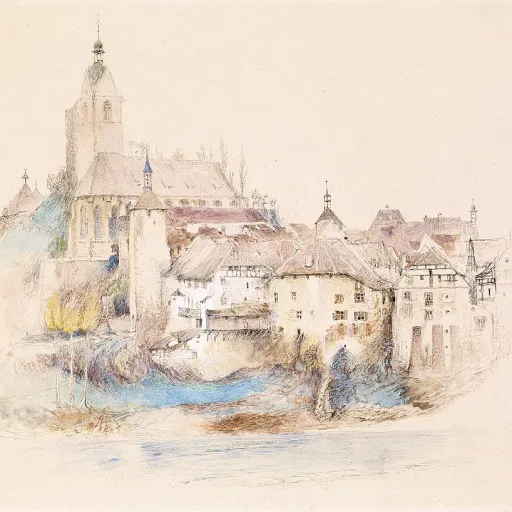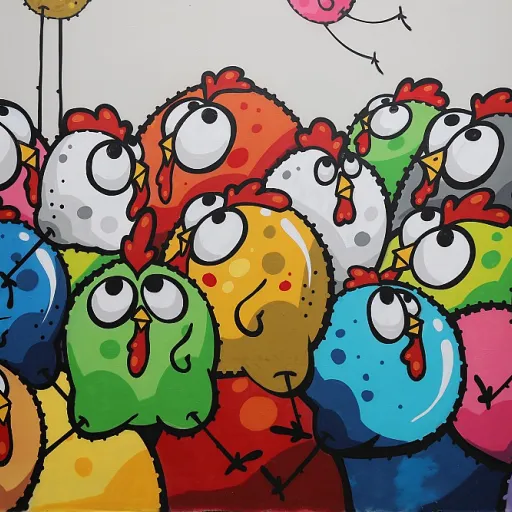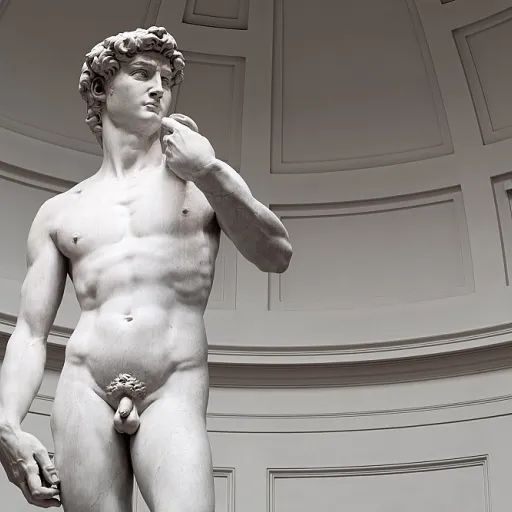-teaser.webp)
Understanding the role of signage in luxury art spaces
The Subtle Power of Signage in Luxury Art Spaces
In the world of luxury artwork, every detail matters. The way art is displayed, the lighting, and even the signage all contribute to the overall experience. Museum signage is more than just a practical necessity—it is an integral part of the environment, shaping how visitors engage with each piece. Whether it’s a sleek acrylic label holder, a satin silver signage plate, or a custom metal stand, the choice of materials and design speaks volumes about the institution’s commitment to excellence.
Luxury art museums and galleries often use signage systems that blend seamlessly with their surroundings. Clear acrylic covers, stainless steel bases, and freestanding display cases are selected not only for durability but also for their aesthetic harmony with the artwork. These elements ensure that the main content—the art itself—remains the focal point, while the signs provide essential context without distraction.
- Reader rails and signage plates offer detailed information, allowing visitors to appreciate the story behind each piece.
- Label holders and standoffs keep signage elegant and unobtrusive, maintaining the gallery’s refined atmosphere.
- Custom displays and full color options allow for creative expression, aligning with the museum’s unique identity.
Signage in luxury art environments is not just about function. It’s about creating a sense of exclusivity and sophistication, while also providing accessibility and clarity. The right sign or display holder can elevate the entire viewing experience, making every visit memorable.
For a deeper look at how cultural context and curatorial choices influence the luxury art experience, explore this insightful analysis of a Yoruba art exhibit in a leading art museum.
Design aesthetics: blending signage with luxury environments
Visual Harmony: Signage as a Seamless Element
In luxury art museums, every detail is meticulously curated, and signage is no exception. The design of signs, from the label holders to the signage plates, must blend effortlessly with the gallery’s ambiance. When executed well, signage becomes an extension of the artwork itself, rather than a distraction. Materials like clear acrylic, satin silver, and stainless steel are often chosen for their understated elegance and ability to complement both classic and contemporary art displays. Acrylic covers and custom signage systems are favored for their versatility and clarity, allowing the main content to shine while maintaining a refined presence. Freestanding bases and stand offs offer flexibility, enabling curators to adjust the display cases and signage plate positions without compromising the visual flow. The result is a museum gallery where every sign, holder, and display feels intentional and harmonious.Material Choices and Customization
Luxury environments demand more than generic solutions. Custom signage, whether it’s a reader rail, metal label, or full color donor recognition plate, is tailored to the unique aesthetic of each art museum. The choice of materials and finishes—such as satin silver or clear acrylic—reflects the institution’s commitment to quality and exclusivity. Even the smallest details, like the privacy policy signage or contact privacy plates, are designed to uphold the museum’s prestige.Balancing Function and Elegance
While the primary role of signage is to inform, in luxury settings, it must also elevate the viewer’s experience. Signage systems are crafted to be both functional and beautiful, ensuring that information is accessible without detracting from the artwork. Freestanding stands and acrylic label holders are positioned to invite the reader without obstructing the view. The integration of these elements is a testament to the expertise and authority of museum curators and designers. For those interested in how design choices can impact the value and perception of art, the article on investment potential of hyperrealism in luxury art collections offers further insights into the intersection of display and desirability.- Custom signage plates and label holders enhance both clarity and exclusivity
- Material selection—acrylic, metal, stainless steel—reinforces the luxury atmosphere
- Display cases and stands are designed for flexibility and visual appeal
- Free shipping options and tailored solutions cater to the discerning needs of art museums
Curatorial intent and interpretive depth
Interpreting Art: The Power of Thoughtful Signage
In luxury art museums, the role of signage goes far beyond simple identification. A well-designed sign or signage plate acts as a bridge between the artwork and the viewer, guiding the reader toward a deeper understanding of the piece. The choice of materials—such as clear acrylic, satin silver, or stainless steel—reflects the prestige of the environment, while the placement of label holders, freestanding stands, or custom display cases ensures that information is accessible yet unobtrusive. Curatorial intent is at the heart of every label, sign, or reader rail. The details included—medium, provenance, and interpretive context—are carefully curated to enhance the main content of the exhibition. For instance, a museum gallery may use full color signage systems or subtle acrylic covers to highlight the narrative without distracting from the art itself. The design of the signage holder or stand offs can even echo the aesthetic of the artwork, creating a seamless visual dialogue. Balancing interpretive depth with exclusivity is a delicate task. Too much information risks overwhelming the viewer, while too little may leave the experience feeling incomplete. Luxury art spaces often opt for custom signage plates and privacy policy-compliant contact details, ensuring that both accessibility and discretion are maintained. The use of donor recognition plates or display rails can further reinforce the prestige of the collection. For those interested in how creative approaches to signage can elevate the art experience, exploring the elegance of artistry on pumpkins offers a fascinating perspective on interpretive display. Ultimately, the thoughtful integration of signage, from the base plate to the acrylic cover, transforms the act of viewing art into a richer, more engaging journey—one where every detail, from the label holders to the skip main content links, is designed to honor both the artwork and its audience.Digital integration and interactive experiences
Immersive Encounters: Digital Signage and Interactive Displays
In today’s luxury art museums, digital integration is redefining how visitors engage with artwork. The evolution from static signage plates to interactive displays and reader rails has created new opportunities for deeper connection and understanding. Custom digital signage systems, often featuring clear acrylic covers and satin silver metal bases, offer a sleek, modern aesthetic that complements the sophistication of museum galleries. Digital signs are not just about displaying information. They invite the reader to explore layers of context, provenance, and technique through touchscreens or QR codes. These interactive label holders can present full color images, videos, and even augmented reality experiences, transforming the traditional art label into a dynamic storytelling tool. For example, a freestanding acrylic sign with a stainless steel base might allow visitors to access artist interviews or behind-the-scenes footage, all while maintaining the privacy policy and contact privacy standards expected in luxury environments. The integration of digital signage also supports accessibility. Reader rails and display cases equipped with digital plates can offer content in multiple languages, audio descriptions, or adjustable text sizes, ensuring that the main content is available to a wider audience. At the same time, museums can maintain an air of exclusivity by offering premium interactive experiences only in select areas or for certain exhibitions.- Custom signage holders and stand offs allow for seamless blending of technology with traditional design.
- Digital label holders can be updated instantly, providing real-time details about the art or donor recognition.
- Free shipping and modular signage systems make it easier for museums to upgrade their displays without disrupting the overall aesthetic.
Accessibility and exclusivity: balancing openness with prestige
Openness Meets Prestige in Museum Signage
Luxury art museums face a unique challenge: making masterpieces accessible to a diverse audience while preserving an air of exclusivity. The way signage is designed and displayed plays a pivotal role in this delicate balance. Acrylic label holders, satin silver signage plates, and stainless steel stand offs are more than just functional—they are part of the visual language that signals both welcome and refinement. Custom signage systems, whether freestanding or integrated into display cases, can subtly guide visitors without overwhelming the art or the gallery’s ambiance.- Accessibility: Clear acrylic covers and full color labels ensure that essential details—artist, title, medium—are easily readable for all, including those with visual impairments. Reader rails and well-placed signage plates invite deeper engagement, allowing every visitor to become an informed reader of the art.
- Exclusivity: The use of premium materials like metal bases and satin finishes, combined with discreet donor recognition plates, maintains the prestige expected in a luxury art museum. Custom signage plate designs and privacy policy notices can be integrated seamlessly, ensuring both compliance and elegance.
Challenges and innovations in luxury art signage
Innovative Materials and Mounting Solutions
Luxury art museums are constantly seeking new ways to present signage that matches the sophistication of their collections. The use of materials such as clear acrylic, satin silver, and stainless steel for signage plates and label holders has become a hallmark of high-end display. These materials not only offer durability but also blend seamlessly with the gallery environment, ensuring that the signs do not detract from the artwork. Custom signage systems, including freestanding stands, display cases, and reader rails, allow for flexible placement and easy updates, supporting both temporary exhibitions and permanent collections.
Balancing Discretion and Visibility
One of the main challenges in luxury art signage is achieving the right balance between discretion and visibility. Signage must provide essential details—such as artist, title, and provenance—without overwhelming the visual harmony of the space. Museums often opt for minimalistic designs, using slim bases, stand offs, and low-profile holders. The integration of full color printing on acrylic covers or metal plates ensures that information is legible while maintaining an elegant appearance. Reader rails and signage plates can be strategically positioned to invite engagement without intruding on the viewing experience.
Adapting to Evolving Accessibility Standards
As expectations for accessibility grow, luxury art museums face the challenge of making signage inclusive while preserving exclusivity. This includes the use of tactile labels, adjustable stands, and digital display options that cater to a diverse audience. The adoption of privacy policy-compliant digital signage systems enables museums to offer interactive content, such as audio guides and detailed artwork descriptions, while respecting visitor privacy. Features like skip main and main content navigation support a seamless experience for all readers.
Logistics, Customization, and Donor Recognition
Behind the scenes, the logistics of producing and maintaining custom signage are complex. Museums often require bespoke solutions, from acrylic label holders to metal signage plates, each tailored to specific display cases or gallery layouts. Free shipping options and responsive contact privacy policies from suppliers streamline the acquisition process. Additionally, signage is increasingly used for donor recognition, with dedicated plates and stands honoring contributors in a manner that complements the overall design aesthetic.
Future Directions in Museum Signage
Looking ahead, innovations in materials, digital integration, and modular design will continue to shape the luxury artwork experience. Museums are experimenting with new forms of display, such as magnetic holders and interchangeable signage plates, to allow for rapid reconfiguration. The ongoing evolution of signage reflects a commitment to both curatorial excellence and visitor engagement, ensuring that every detail—from the base of a freestanding sign to the clarity of an acrylic cover—enhances the prestige of the art museum environment.

